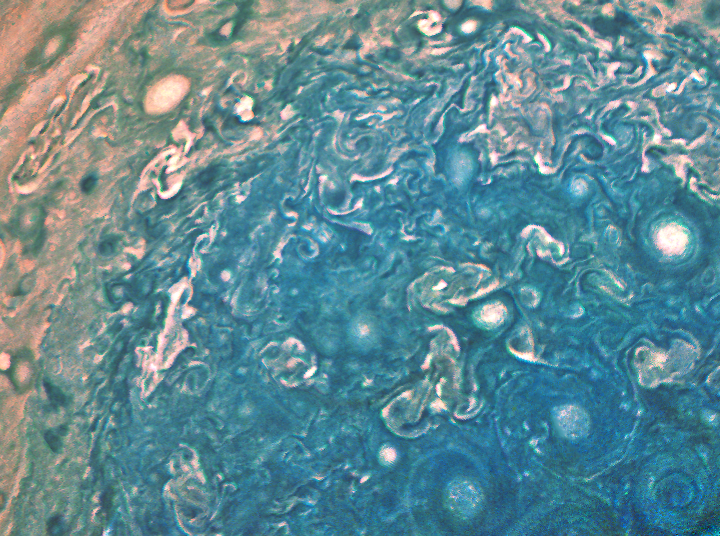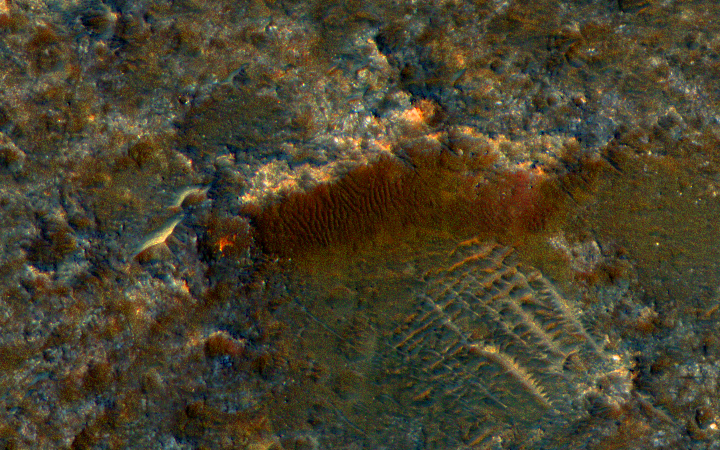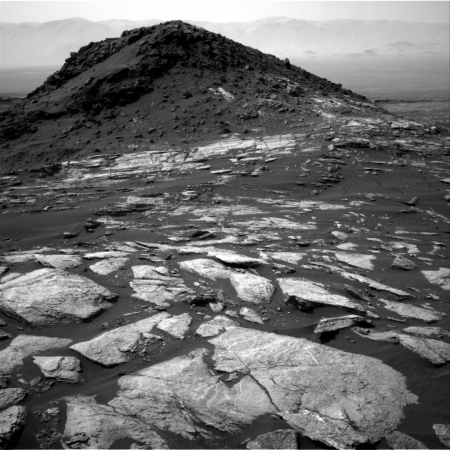Milo Yiannopoulos plans to return to UC-Berkeley
Good for him: On Saturday Milo Yiannopoulos announced that he is planning to return to UC-Berkeley to give the speech that got shut down last week by leftwing fascist thugs.
I suspect that the university and the Democratically-controlled governments of California and Berkeley will work to try to stop him, but I give him credit for refusing to back down to bullies.
Update: Meanwhile, the members of the Republican club that had invited Yiannopoulos initially find that they are being harassed and threatened in the week since the riots.
Members of the student group that invited alt-right provocateur Milo Yiannopoulos to UC Berkeley say they have been physically assaulted and targeted online in the days since Wednesday’s fiery protests. “We’re probably the most harassed group on campus right now,” said Naweed Tahmas, a member of the Berkeley College Republicans. He noted that the club needed a security detail for a meeting last Thursday, a sign that tensions between the group and the area’s liberal-leaning majority may have hit an apex.“I’ve been spit on, my friends have been punched … our pictures have been posted online,” Tahmas said. “I’ve been followed when I was walking back from campus. Some guy came up to us and said, ‘I’ll catch you in the shadows.’ That sounded like a threat to us.”
In addition, there have been threats to publish publicly a list of people who had expressed interest in the club, with the intent to intimidate those people for daring to have a dissenting opinion.
All in all, Berkeley seems to me to have become an outright fascist state, aimed at oppressing all opposition to leftist dogma. Note also that the link describing this story repeats the outright lie that Yiannopoulos supports “racist, transphobic and misogynistic views,” so in a sense it is joining in on the oppression and intimidation.
Good for him: On Saturday Milo Yiannopoulos announced that he is planning to return to UC-Berkeley to give the speech that got shut down last week by leftwing fascist thugs.
I suspect that the university and the Democratically-controlled governments of California and Berkeley will work to try to stop him, but I give him credit for refusing to back down to bullies.
Update: Meanwhile, the members of the Republican club that had invited Yiannopoulos initially find that they are being harassed and threatened in the week since the riots.
Members of the student group that invited alt-right provocateur Milo Yiannopoulos to UC Berkeley say they have been physically assaulted and targeted online in the days since Wednesday’s fiery protests. “We’re probably the most harassed group on campus right now,” said Naweed Tahmas, a member of the Berkeley College Republicans. He noted that the club needed a security detail for a meeting last Thursday, a sign that tensions between the group and the area’s liberal-leaning majority may have hit an apex.“I’ve been spit on, my friends have been punched … our pictures have been posted online,” Tahmas said. “I’ve been followed when I was walking back from campus. Some guy came up to us and said, ‘I’ll catch you in the shadows.’ That sounded like a threat to us.”
In addition, there have been threats to publish publicly a list of people who had expressed interest in the club, with the intent to intimidate those people for daring to have a dissenting opinion.
All in all, Berkeley seems to me to have become an outright fascist state, aimed at oppressing all opposition to leftist dogma. Note also that the link describing this story repeats the outright lie that Yiannopoulos supports “racist, transphobic and misogynistic views,” so in a sense it is joining in on the oppression and intimidation.




